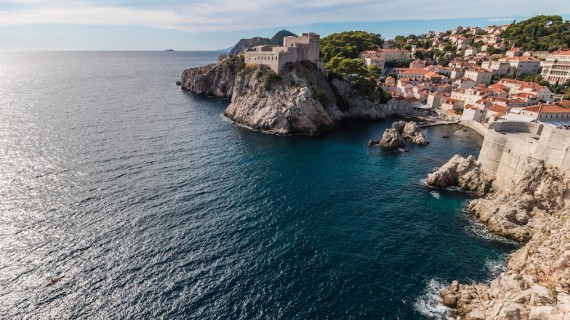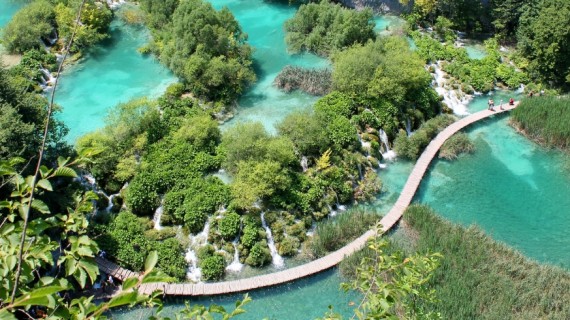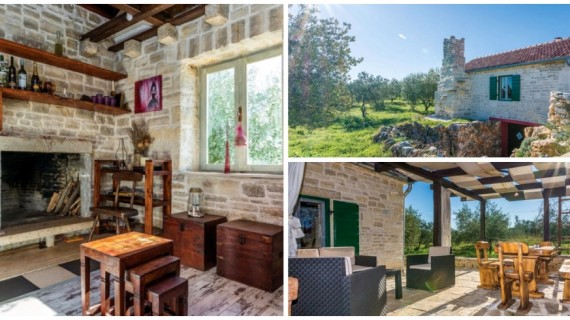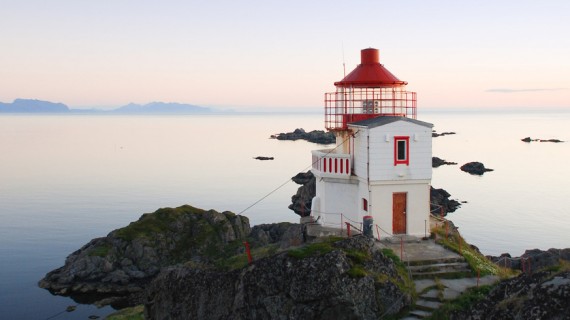Split will surprise you for its incredible mix of history and contemporaneity. The heart of Dalmatia was once the luxury house of Emperor Diocletian. Today it is one of the best preserved Roman architectures of the world, transformed and readjusted throughout the years. Here you will wander through white stone alleys, secret gardens, works of art, world heritage architectures, coffees, shops and little squares that come alive with music. Split is a town of a thousand wonders, ancient and contemporary at the same time.
Let’s discover the 10 best things you can’t miss when in Split. Here is what we liked the most while visiting the second town in Croatia (and with no doubt, the most beautiful!)
1. Discover the wonders of Diocletian’s Palace
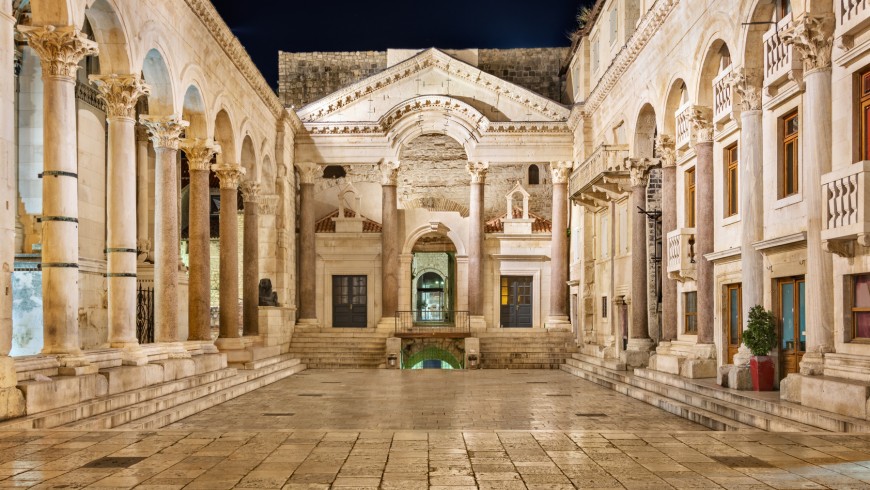
- Ancient Roman walls. Photo by S. Ombellini
- Church tower of the Cathedral. Photo by S. Ombellini
- Diocletian’s Palace by night, with Roman soldiers. Photo by S. Ombellini
It is said to be one of the best preserved Roman architectures in the world. Emperor Diocletian chose to build his sumptuous imperial villa right here, in what is known today as the town of Split, and the reason why is its perfect geographic position. It boasts indeed a spectacular view over the sea, fresh water and it is near Solin, the hometown of the Emperor.
The Palace was a combination of both a rich imperial villa (where the Emperor then retired) and a roman castrum, divided in four parts by two streets. The building site lasted 10 years: from 295 to 305 A.D. and about one hundred thousand slaves worked on it.
Diocletian didn’t mind about money to build this magnificent structure: they used mainly the white stones from Brač island, but they also acquired precious marble from Italy and Greece, and columns and sphinxes from Egypt.
The water of the sea lapped the southern side of the Palace (as you can see in the painting of Ernest Hébrard).
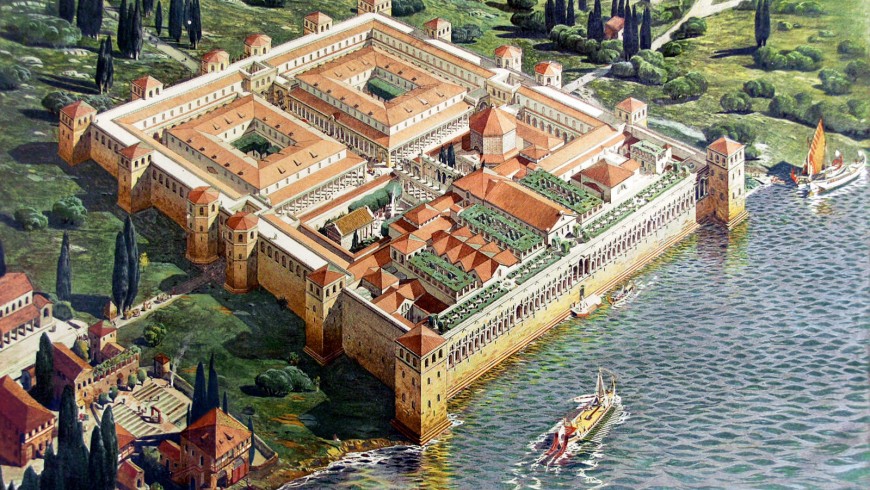
Recognized by the Unesco as a World Heritage, the Palace is with no doubt one of the most suggestive Roman architectures of the world.
Don’t think about it as a museum, though. Today the Palace is the vibrant heart of the town, a labyrinth of narrow streets of white stones, lively squares, shops, bars and restaurants.
The original structure of the Palace has been indeed continuously modified during the centuries. The following reconstructions and adaptations helped adding charm to the town.
Built in order to be both a fortress and an imperial residence, the Palace is 215 metres long from north to south and 180 metres from east to west. The walls of the Palace have seen thousands of years of history and from the ‘700 some Slavs refugees occupied the Palace, which had been abandoned and ruined, rebuilding it and modifying it throughout the years.
This way, the town of Split was born. It took its name by the yellow flowers of the broom that grew naturally all around the powerful palace.
The Palace had the classical structure of the Roman Castrum, with a main street (cardo) from north to south, and the decumano from east to west. Every wall has a door in the middle that carries a name given by a metal. This way you will find the Aurea door (to the north), the Bronze Door (to the south), the Silver Door (to the east) and the Iron Door (to the west).
2. Have a walk along the promenade

- Riva. Photo by S. Ombellini
- Riva. Photo by S. Ombellini
- Sailbot, Riva promenade. Photo by S. Ombellini
Relax while wandering along the Riva promenade or resting to drink some coffee in one of the many bars along the avenue, which is bordered with palms.
Among the voices of the passers-by and the smell of the sea, we have a pleasant conversation with our friend Nastja Logar. She works for the non-profit Association for Nature, Environment and Sustainable Development Sunce, which is just a stone’s throw from here. She tells us that during the summer, most of all in July and August, the town is completely full of tourists, so much that a lot of locals that are otherwise living in the city center move on a further locations in peripheral parts of the town in order to rent their apartments to the tourists. Therefore a local identity of this place is slowly dissapearing which is a challenge for its sustainable development.
The problem in Split seems to be the cruise-ship tourism. Within a few minutes from the arrival of these enormous ships, the white alleys of the town get literally invaded by flocks of tourists. The feeling you get is that there is no more space to walk and enjoy the wonders of Split. This is exactly the feeling of overtourism that is affecting a lot of European destinations.
When this occurs, it is better to get away from the hustle and bustle of the centre and find a little space to walk, stop and chat along the Riva promenade or visit a Forest Park Marjan or little peninsula Sustipan, directly past the ACI Marina.
3. Lose yourself between the white stone alleys, through centuries of history
- Historic town centre, photo by S. Ombellini
- Square, photo by S. Ombellini
- Photo by S. Ombellini
When the thousand tired tourists retire in their big cruise ships, the centre of the town finds again its natural rhythm. This is the perfect moment to have a walk through the narrow streets of white stones and enjoy the beauties of the ancient Diocletian’s Palace.
It is not just a visit to the ruins of an ancient palace from the IV century. It is also a way to discover the contemporary Split, capable to get along with centuries of history.
Walking, we look upwards to admire the incredible transformations of the 220 buildings inside the edges of the palace, inhabited today by about 3 thousand people.
We wander through the white alleys which hide gardens, covered passages, some deserted and mysterious squares and other ones animated by music, bars and coffees.
4. Admire the perfect shapes of Diocletian’s Mausoleum
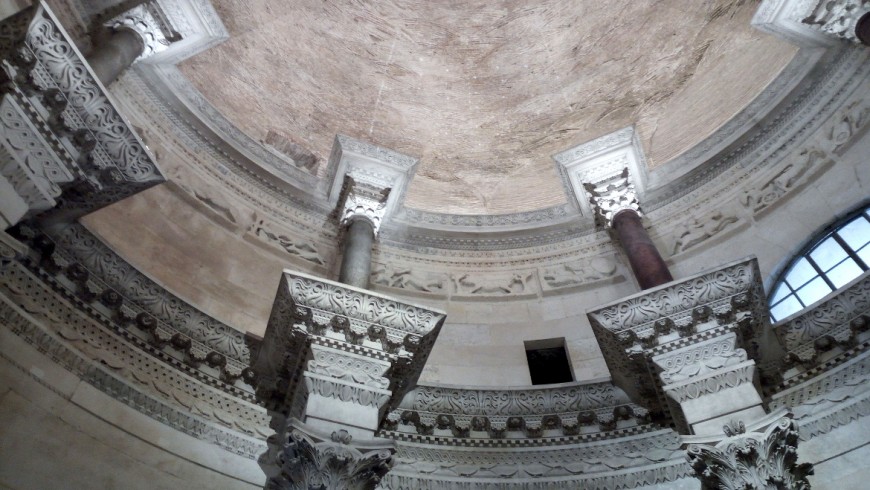
- Photo by S. Ombellini
- Photo by S. Ombellini
- Photo by S. Ombellini
The music of a folkloristic local group embraces the circular space of the ancient Mausoleum of Diolcletian. The acoustic is perfect and the space offers a magical atmosphere.
The Temple and Mausoleum dedicated to Diocletian is in the heart of the ancient Imperial Villa. Covered by a suggestive cupola, the space is involving and dark, divided by columns of a red marble coming from Egypt (red was the colour of the Emperor). At the centre of the room there is an ancient red marbled sarcophagus that once protected the body of the Emperor.
The incredible decorations, some of which representing the face of the Emperor, and the polychrome floors have been preserved up to these days. This is also because the Mausoleum has been transformed into the Cathedral of Split since 1600.
5. Meet the famous inhabitants of Split
- Statue of the Croatian writer Marko Marulić. Photo by S. Ombellini
- Holiday house of Sigmund Freud. Photo by S. Ombellini
- Plaque dedicated to the psychologist Sigmund Freud. Photo by S. Ombellini
Our walk to the discover of Split continues in the “Fruit’s Square”, which is a lively square surrounded by palaces from the ‘500. The famous Croatian writer Marko Marković was born right here, where every morning the aroma and colours of the fruit market fill up the air.
Going towards an ancient door of white marble, we can see also the house where the well-known Austrian psychologist Sigmund Freud spent his holidays (a plaque on the wall reminds us about it).
6. Taste farm-to-table fruit and vegetables in the Split market
- Fruit and vegetables stands in the square of Split market..
- Fruit and fresh fruit shakes in a square in Split. Photo by S. Ombellini
- Square. Photo by S. Ombellini
The market square is a magic place, full of colours, aroma and flavours. It is surely worth a visit. We walk through stands packed with fruit, garlic and chilli, meet the eyes of old smiling ladies who sell products of their garden and buy beautifully fragrant tangerines, dates and tasty olives.
The Split market is therefore something not to be missed if you want to breathe the very authentic atmosphere of Split and cook snacks (or pic-nics) using zero-mile products.
7. Caress the lucky toe
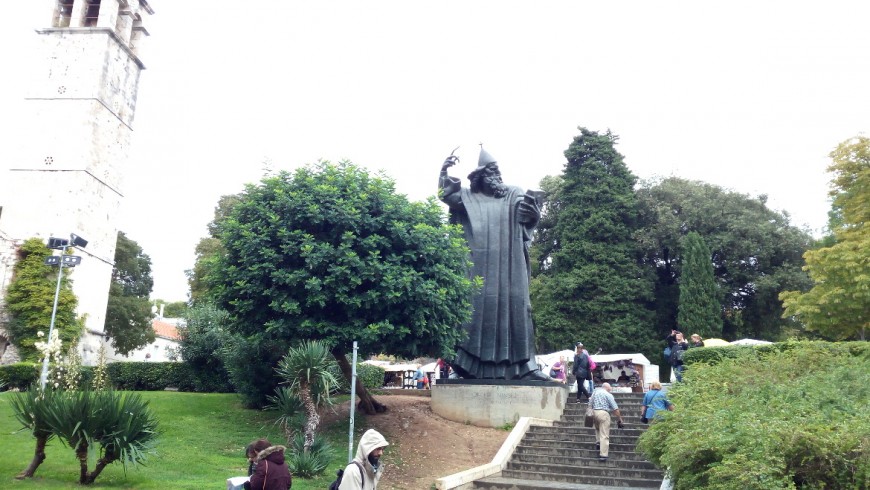
Are you looking for a bit of luck? Before local people have an exam or an important meeting, they pass by the big statue of Gregory of Nin and caress the toe of his big foot coming up from his long metallic tunic.
Realized by the Croatian sculptor Ivan Meštrović, the statue is at the back of Diocletian’s Palace. You can find it by stepping outside the Aurea door, just after having crossed a garden and climbing a staircase.
This way, we find ourselves at the base of the statue of this Croatian bishop. As our friend and guide tells us, the toe of the statue is said to grant wishes and bring luck to whoever touches it. This is why it is so bright.
8. Discover the green corners in Split
- A green garden hidden between the walls of the historic town centre. Photo by S. Ombellini
- Green corner in Split. Photo by S. Ombellini
- Silence and washing lines between the houses in the centre of the town. Photo by S. Ombellini
Who would ever imagine to discover little silent corners and green and peaceful oasis among the alleys, that are nearly always full of tourists?
Lines of colourful washing lines between white houses.
A mysterious and darkened passage.
A brilliant green and fragrant garden.
A square where children play football and old ladies observe the passers-by from their windows.
This was the side of Spalato we enjoyed the most. The one we had fun with while seeking it out and discovered, wandering through the centre of the town.
9. Enjoy an eco-friendly hospitality
Where can you find an eco-friendly accommodation near Split? Some of the structures in Croatia, little B&bs, biological farmhouses and hotels are committing themselves to offer eco-friendly accommodation. Here you can find breakfasts prepared with bio and local products, clean energy and a particular attention to the reduction of waste and energy or water wastes.
For example, we can find this eco-friendly apartment in the heart of Diocletian’s Palace. It was realized inside the ancient walls in the XVI century. The furniture is plain, in order to observe the original characteristics of the place.
The perfect beginning to discover the heart of Split.
10. Leave for Lastovo
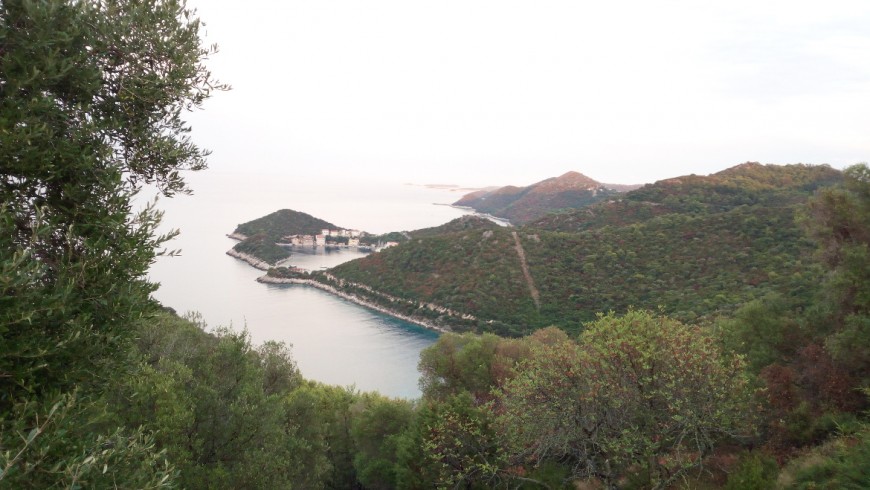
Split is not just our final destination, but it is also a new starting-point. We board from the ancient town of Diocletian to explore Lastovo little island. It is a green and unspoiled paradise as the whole island represents a Nature Park, the perfect destination for whoever loves eco-tourism.
Here you can swim while admiring colourful fishes, go canoeing along the coastline, or ride a bike through paths and farms, and also taste delicious wine and olives. But this is another story, that we are really looking forward to telling you!
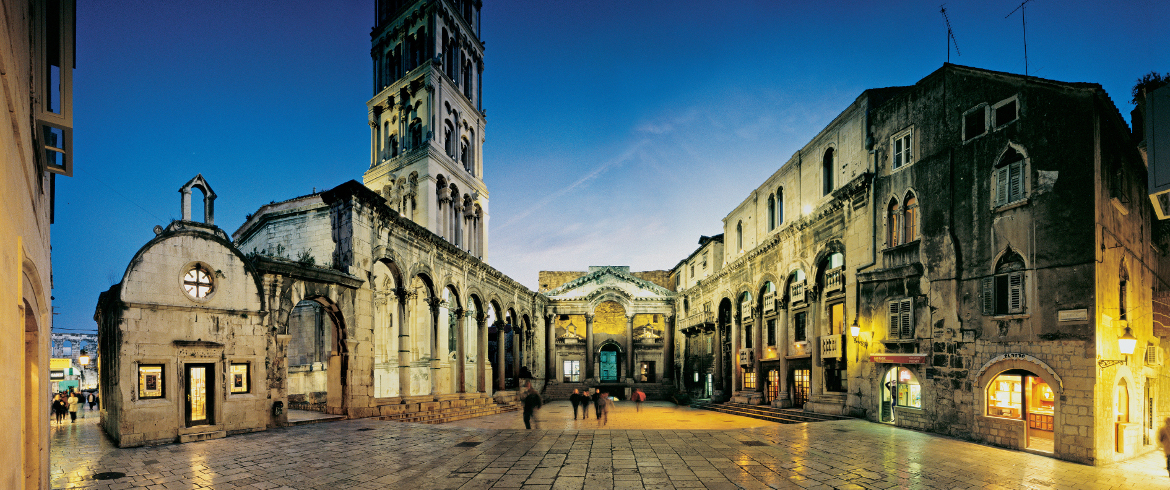
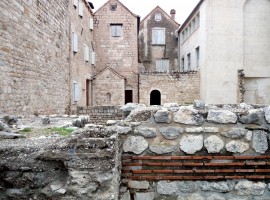
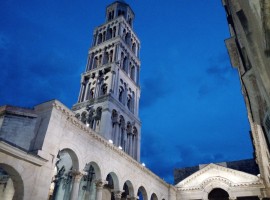
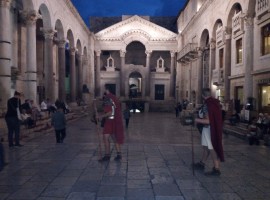
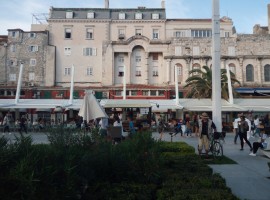
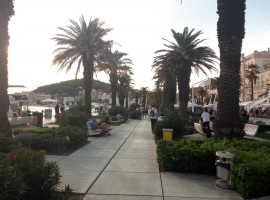
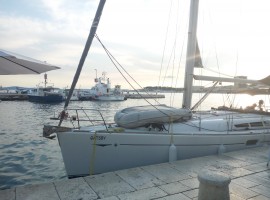
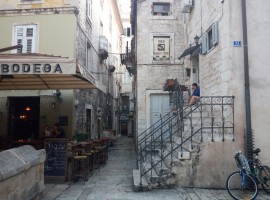
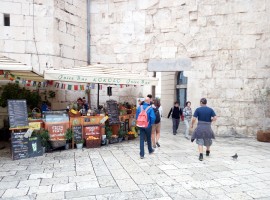
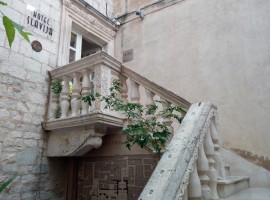
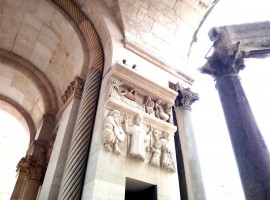
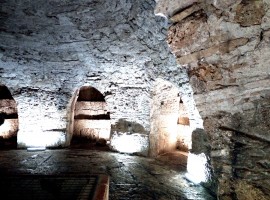
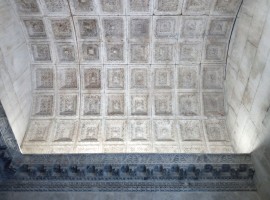

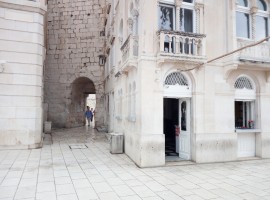
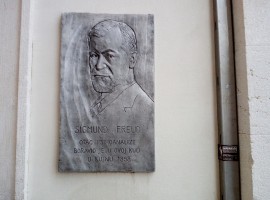
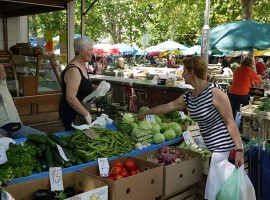
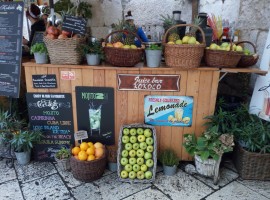
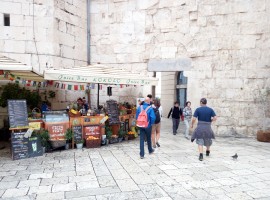
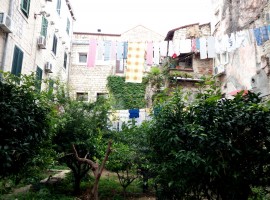
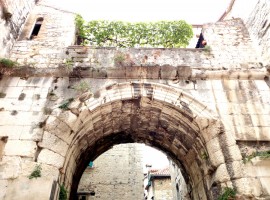
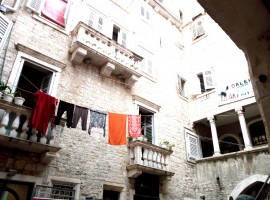
 Eco-friendly Villa Klara – Green House in Solin, Općina Solin, Splitsko-dalmatinska županija, HR
Eco-friendly Villa Klara – Green House in Solin, Općina Solin, Splitsko-dalmatinska županija, HR 